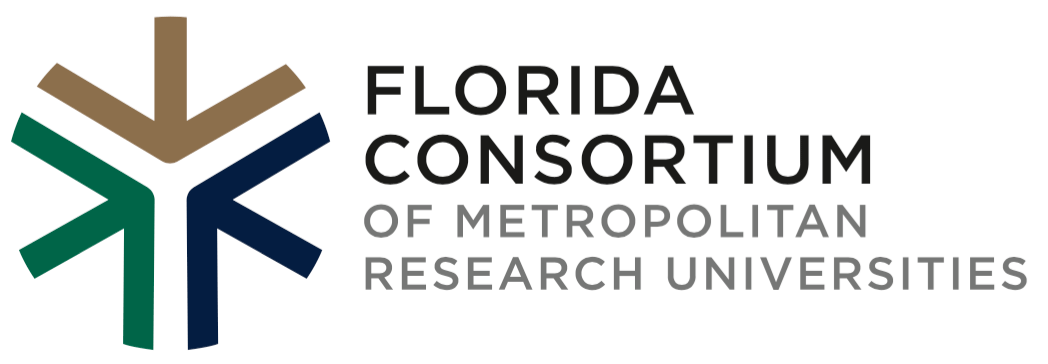Why is it so hard to introduce and transition to data-driven student success solutions?
According to the State of Innovation in Higher Education, 78% of survey participants rated their university as either a follower (albeit an early adopter) or not innovative at all. Also noteworthy, 80% of the time structural or cultural barriers slowed or completely caused higher education innovations to fail. Ultimately, only 22% of respondents felt their university was on the leading edge of innovation.
For decades higher education thought leaders predicted innovations would lead to game changing improvements in higher education by 2020. However, many of those predictions have yet to come true. Florida International University, University of Central Florida, and University of South Florida, member universities of the Florida Consortium, are not immune to the aforementioned. However, through networked improvement and facilitated collaboration we’ve learned how to create the conditions in which innovation and student success solutions can be designed and applied. Higher education professionals can and should defend against the triple threat to innovation. In our experience, the three enemies of innovation are best described as the “Bog, Trash Can, and Garbage Dump”.
First, let’s look at the most common barrier to higher education innovation, the Bog. Bogs are muddy, wet, littered with sticks, moss and predators. Higher education with its deep administrative and operational layers can feel like a Bog. Said another way, higher education with its bureaucratic procedures and budget limitations often unintentionally produce barriers to change. The Bog slows idea and its gatekeepers often strike down collaboration under the guise of long standing rules.
Equally, troubling, in our experience, if the higher education Bog does not hinder progress, the Trash Can will. More often than not, academics use their collected experience to design solutions. However, many fail to consider whether their preexisting knowledge should be used. The Trash Can clouds findings from data and leads stakeholders in the wrong direction.
Finally, there is the Garbage Dump. Colleges and universities are great at creating new things but they are slow to do away with ineffective programs or services. Some programs hold traditional or emotional value. However, institutions have to be willing to toss out the old and make place for the new.
Recently, a cross functional team completed the STEM College to Career Continuum. The team focused on students pursuing STEM fields of study at large metropolitan institutions and barriers to their success. The team investigated transfer success, employability, and teaching and learning practices. Together this team successfully mitigated The Bog, Trash Can, and Garbage Dump. Here are some recommendations from the STEM College to Career Continuum project:
- Think Differently About Teaching and Learning – Start with a coalition of the willing, i.e. participants that are open to investigating teaching skill and learning best practices. This is best described as the priming stage
- .Reallocate support – Next, in many cases in the STEM College to Career project, the institution’s curriculum was not the problem. The team found that many students within their institutional profile can make better connections and learn when instruction and course work is couched in skills based learning.
- Student Profile– Institutions must provide services for the students they have not that ones they’d like to have. Moreover, student support services designed for the FTIC (first time in college) students should not be automatically leveraged for other student populations. The STEM College to Career Continuum team found that underrepresented populations, transfer, veterans, and first generation students are better served when teaching and learning delivery systems take into account their unique academic and nonacademic needs.
- Use Data! –Today institutions have several credible fact based resources. Now is the time to use them. It is impossible to be innovative without credible insights.
- Technology is our friend –Emerging technologies can help institutions address long standing problems, again, now is the time to use them.
- Be transparent – Innovative student success solutions should not be designed in a secret lab. Higher education innovations should be shared, available for public scrutiny, and tested. Student success interventions or innovations that have not been scrutinized are bound to fail.
- Assessment is key – Student success innovations must be assessed to determine scalability. If possible a third party expert should design a strong assessment plan to verify findings.
- Collaborate with the Florida Consortium and other University Partners – Great ideas are everywhere. Expand past your horizons and learn from practitioners that are committed to innovative student success initiatives. Start with the Florida Consortium or other institutions to improve outcomes.
In closing, innovation thrives when open minded collaborators get past barriers, convene, test their ideas, and operationalized thoroughly assessed solutions. The Florida Consortium along with the University of South Florida will host the third annual National Student Success Conference, March 1-3, 2020. Over 400 innovators will gather and share best practices and learnings that have helped student thrive. Innovation within higher education is not easy, but it does not have to be hard.
For more information about the STEM College to Career Continuum



